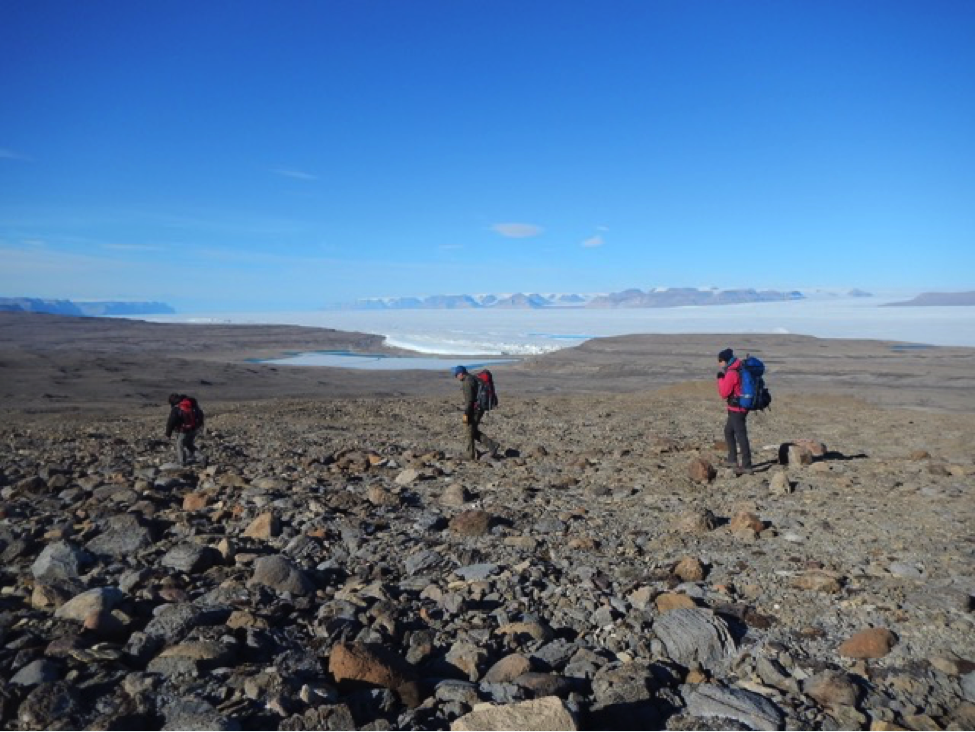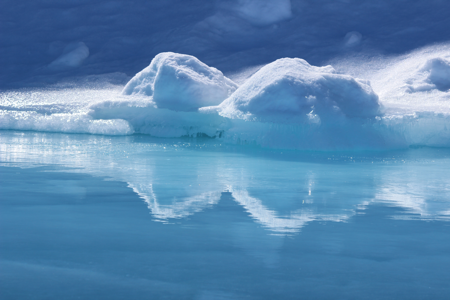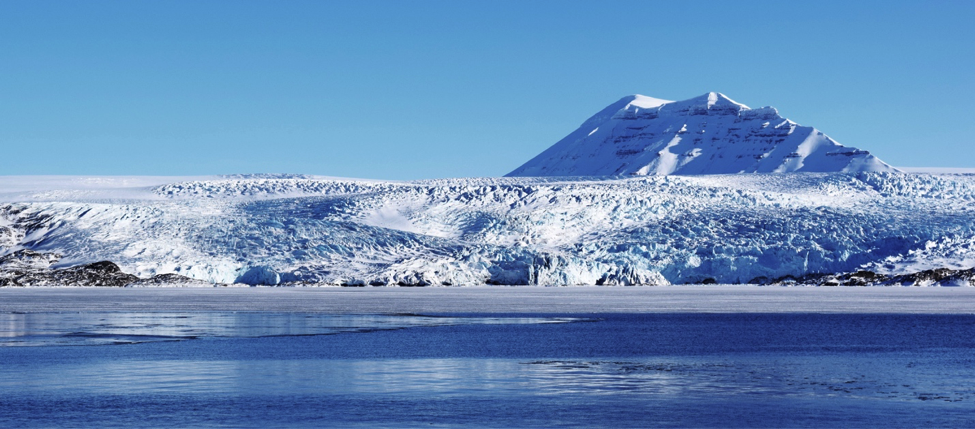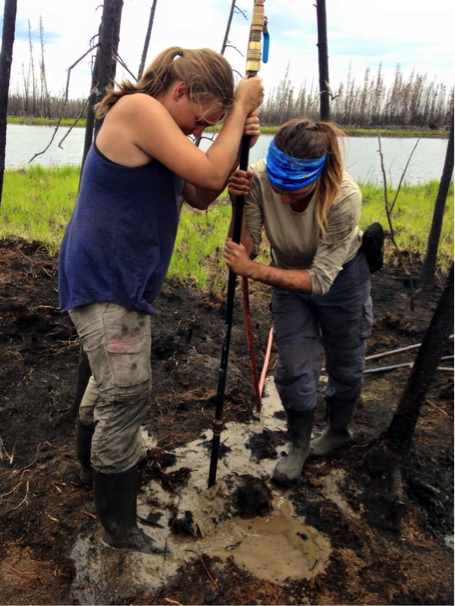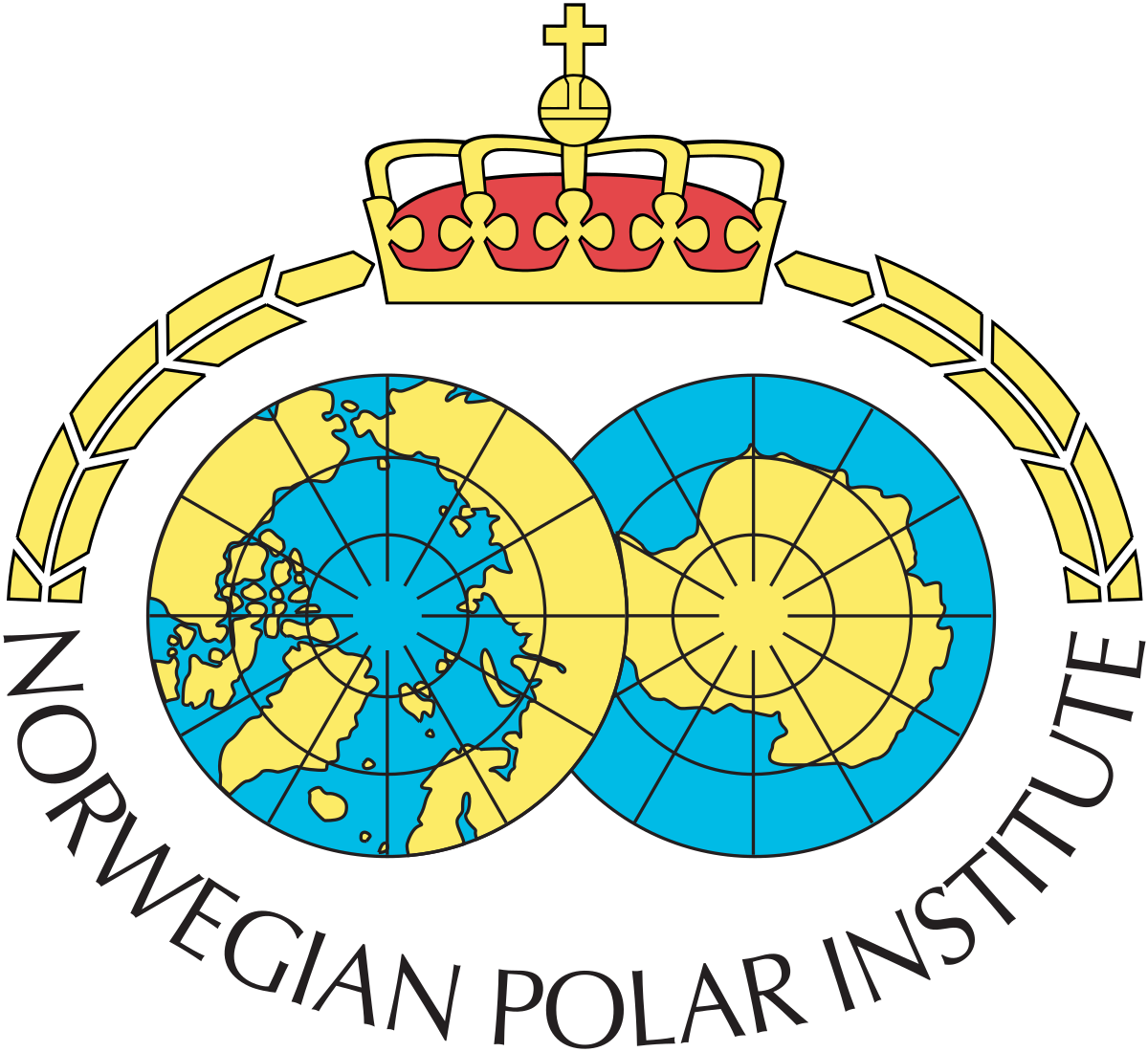Usually, we learn about the history by reading books or textbooks. Letters and words of our spoken language tell us about the evolution of society in the past centuries or millennia. Alternatively, we rely on archaeological data; however, another historical archive exists that contains information about the history of the Earth’s atmosphere. It is written neither in English nor in any other human language, but rather it is written in a “chemical” alphabet. This “language” is preserved in ice cores: the greatest historical textbook ever written.
When snow descends from the atmosphere, air bubbles are trapped inside the flakes. These bubbles contain part of the atmospheric composition. For example, they contain carbon dioxide or methane in the same concentration of the surrounding atmosphere. In some regions, where temperatures don’t rise over the 0°C (i.e. Antarctica, Greenland or over high alpine areas), these snowflakes land and slowly build into large masses of ice, trapping the information about the atmospheric composition. The past is the key to the future, and in this way past climates can help us understand current and future climates.
Year after year, century after century, and millennia after millennia, the ice continues to grow becoming an incredible archive of information about the past climate. In other words, every year a new page of this unique historical textbook is written. But how does one read this book?
Once an ice core is extracted, scientists can decipher the climatic information using sophisticated analytical techniques. This translates the chemical language into an accessible language revealing what is stored in the ice. As the Rosetta Stone helped archaeologists to understand hieroglyphics, here, analytical chemistry is fundamental to understand the Earth’s past climate.
How long is this “Climatic Book”? It is a book of tremendous length! If for you The Lord of the Rings is long to read, the longest ice core is 600 times longer, assuming that one page corresponds to one year. As a matter of fact, the longest ice core ever drilled lets us understanding the previous 800,000 years of the Earth’s climate.
Nowadays, because of climate change, this heritage is endangered. To protect this melting record, an incredible project named “Protecting Ice Memory”, developed by the University Ca’ Foscari of Venice, the Italian National Research Council and some other French Institutions, was launched in 2016. The aim of this project is to drill several ice cores from glaciers all around the world (i.e. Mont Blanc, Illimani Glacier in Bolivia, Grand Combin in Switzerland etc.) in order to store them in Antarctica. Once there, the ice will be safely preserved for future generations that, with improved analytical techniques, can make discoveries which are impossible nowadays.
The fire at the Royal Library of Alexandria destroyed one of the most significant libraries of the ancient world. Its destruction has become a symbol for the loss of cultural knowledge. Losing the memory of the ice can be seen in the same way for the scientific knowledge it preserves. This is the reason why we have the moral duty to Protect the Ice Memory.
For more details on the Protecting Ice Memory project check out their website or see the official Facebook page.
Website: https://en.ird.fr/all-the-current-events/news/press-releases/cp-2016/protecting-ice-memory
Facebook: @ProtectingIceMemory
